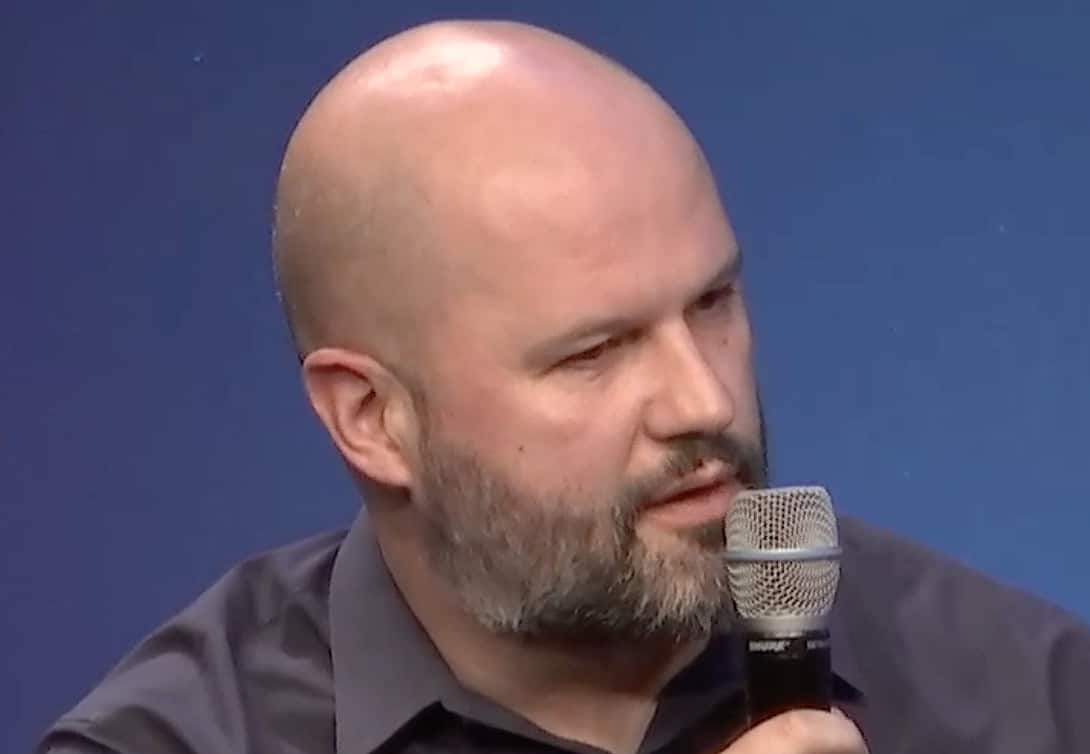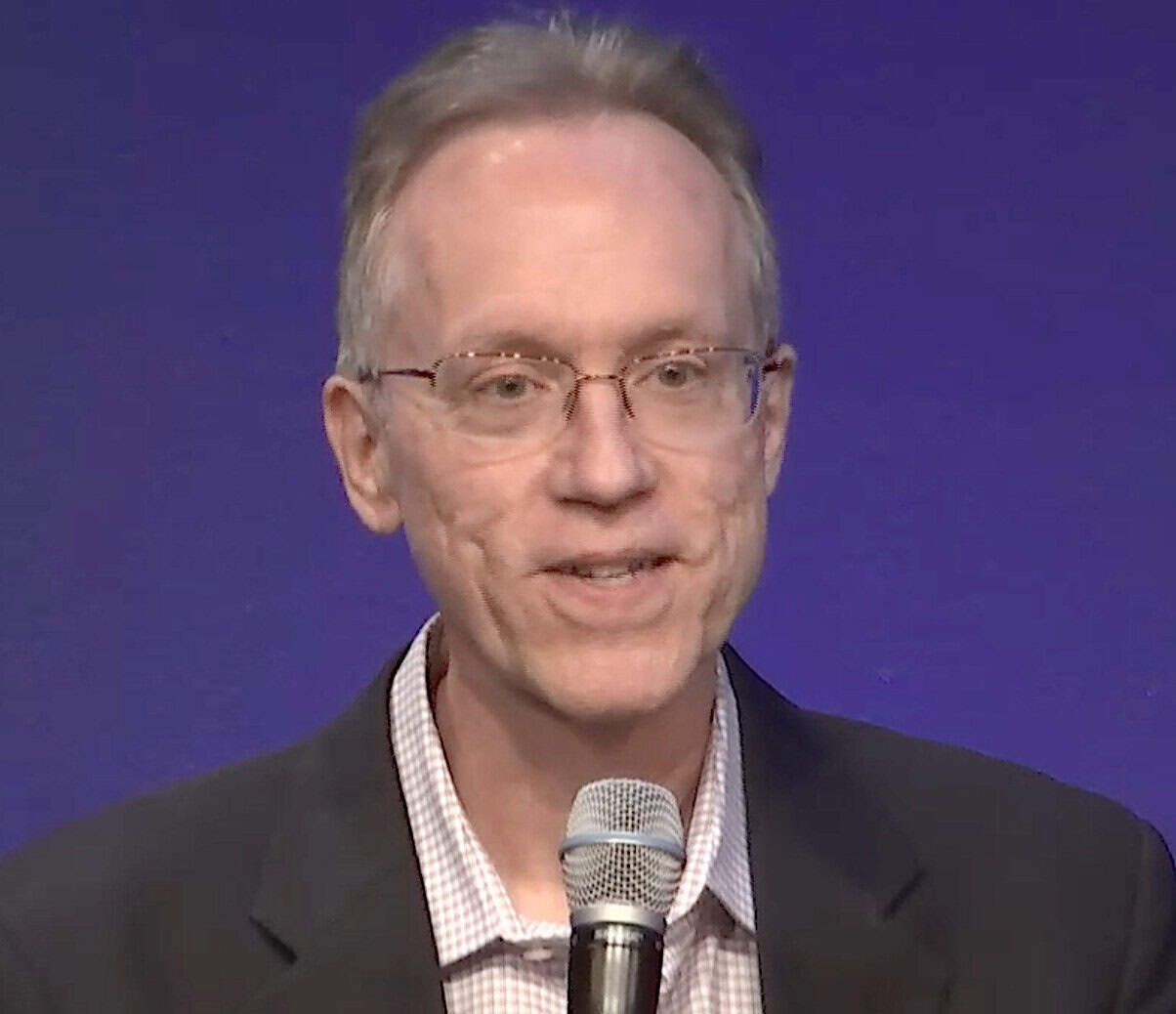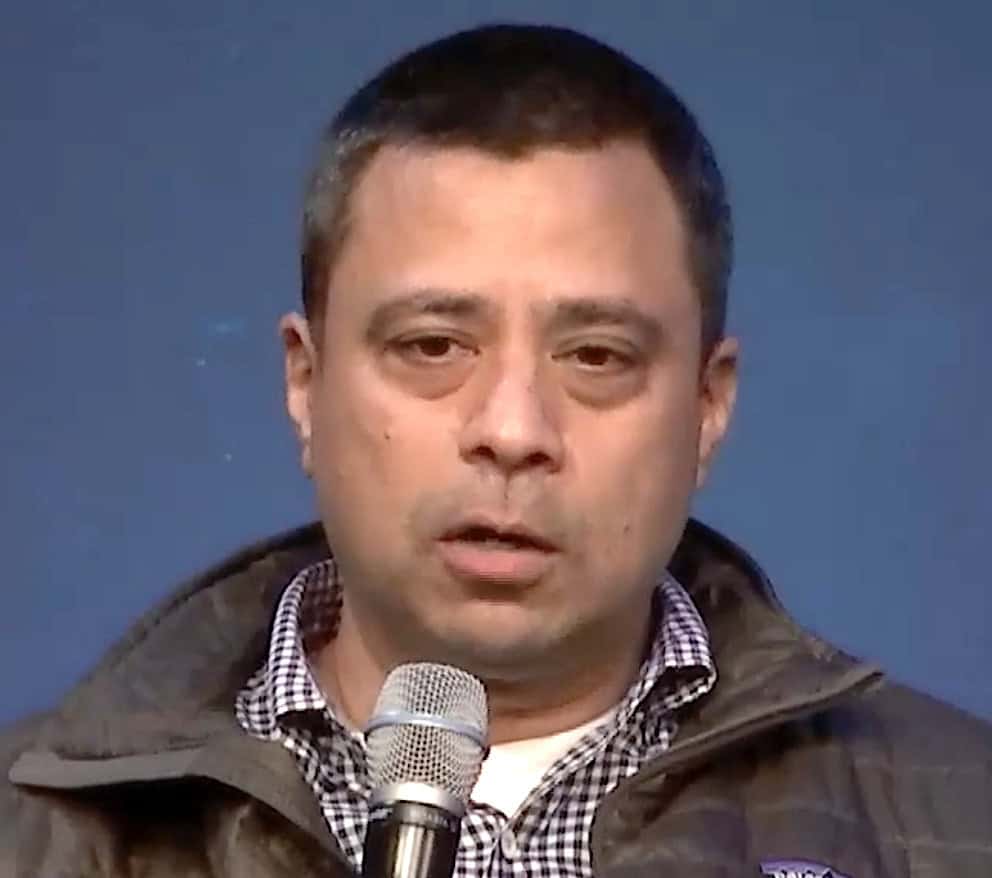Originally published by Space Intel Report. Read the original article here.
 What are consumers willing to pay for, and how much, and what do the MNOs think? (Source: SpaceX)
What are consumers willing to pay for, and how much, and what do the MNOs think? (Source: SpaceX)
MOUNTAIN VIEW, Calif. — Current and prospective satellite direct-to-device (D2D) providers Globalstar, Iridium, Skylo and Viasat generally agreed that the technology’s potential has been overhyped on when what kind of broadband links will be available on standard smartphones.
They also agreed hat a broadband capability will arrive in a few years in several vertical markets, and later to consumer devices — if the consumers are willing to pay for it.
On Oct. 28 panel discussion here at Silicon Valley Space Week, organized by Satnews Events, these companies also wondered whether today’s terrestrial mobile network operators are not using their D2D partners as guinea pigs to discover new markets before the MNOs sweep in, install cell towers and scrap the the satellite technology.
There’s precedent for this. A decade ago, O3b Networks, then an independent startup operator of a novel medium-Earth-orbit constellation of broadband satellites, installed capacity in connectivity-starved markets including the Pacific islands. It was not long before terrestrial operators, seeing the market that O3b had tapped, moved in. Satellite fleet operator SES now owns O3b.
These days, D2D conversations are more likely to be around speculation that a satellite D2D player like SpaceX, fortified by its $17-billion purchase of S-band mobile satellite spectrum from EchoStar, is planning a consumer service that ultimately will replace the MNOs.
But the lying-in-wait scenario of MNO behavior is just as likely.
 Mercad Cavcic. (Source: Silicon Valley Space Week video)
Mercad Cavcic. (Source: Silicon Valley Space Week video)
“MNOs see a lot of value in D2D partnership,” said Mersad Cavcic, chief product officer, Globalstar. “It gives them a great opportunity for a space probe, to figure out they should roll out cell towers next.
“If you are an MNO and you see an area where there is a lot of demand for D2D connectivity, “you are not going to invest in more satellite capacity,” Cavcic said. “You are going to find a way to do what you usually do — make sure you have a tower in that area because the [return on investment] is well understood.”
Greg Pelton, chief technology of Iridium Communications, agreed that this was a possibility — one reason why Iridium is sticking to its niche of offering safety and security services in vertical markets such as maritime and aviation and advising its investors not to dream big in the consumer market.
“I have been thinking that this is a set of probes to figure out where you want to take that revenue away from your satellite partner, which is a challenge for your satellite partner,” Pelton said.
 Greg Pelton. (Source: Silicon Valley Space Week)
Greg Pelton. (Source: Silicon Valley Space Week)
Pelton said it remains unknown whether customers, and thus their MNO service providers, will view satellite D2D as a must-have or as an insurance policy for emergencies.
Filling in the holes [of terrestrial coverage] is an insurance policy,” Pelton said. “How much are people willing to pay, both subscribers and MNOs? If your life is in danger, you would pay, no question. If you are out of coverage for two minutes maybe not.”
Pelton pointed to Onstar, GM’s free emergency assistance service that debuted in 1997. GM offered the first year free.
“At the end of the first year, people hadn’t had an accident didn’t want to pay for it because they didn’t use it. The key to this business is making it a have to have and not an insurance policy.”
That’s the unknown right now. How badly do customers want to a service that allows continuous connectivity, starting with messaging and expanding to voice service, for those relatively few moments when they are outside terrestrial coverage?
MNOs are struggling with the same question. Globalstar’s Apple-financed D2D service has remained free of charge to iPhone owners three years after service entry. Apple appears to believe the service will pay for itself in increased iPhone sales. Even a small uptick means a lot in the smartphone market.
Apple is investing up to $1.5 billion in a third-generation Globalstar constellation and will have rights to 85% of the capacity. The Apple-Globalstar deal leaves MNOs out of the loop, except as sellers of iPhones.
 Tarun Gupta. (Source: World Satellite Business Week)
Tarun Gupta. (Source: World Satellite Business Week)
Skylo Techologies has been offering a D2D messaging service using mobile satellite spectrum, notably from Viasat Inc.’s fleet of L-band satellites, and in partnership with MNOs including Verizon.
Skylo Co-Founder and Chief Product Officer Tarun Gupta said the unknown demand is mirrored by the still unknown business model sought by MNOs in their relations with satellite D2D providers.
“No one quite knows yet” what MNOs are looking for in a satellite D2D partnership, Gupta said. “They want to revenue share, but if you get to a Verizon and they’re giving away messaging for free, how do you share for free?
It doesn’t work.
“Three models are emerging: MNO bypass, like Apple with Globalstar; MNO replacement, which is what [SpaceX] Starlink is doing to go direct to the consumer; and MNO complement, to bring the MNOs to adopt” satellite D2D.
Gupta said that MNOs could view satellite D2D as a way to monetize an investing in filling gaps in their current coverage areas, or as a way to economize on future investment in blanket coverage.
“MNOs have the ability to monetize, or migrate you to a higher plan, or they look at it is cost avoidance, using D2D for not putting up another cell site, or rolling out 30 trucks. It will take time for the MNOs to get there but they have to see D2D as a toolkit for revenue generation or cost avoidance.”
Early data coming from Skylo’s service suggests that D2D use cases have been demonstrated in every US state, not just those with huge coverage gaps and low populations such as Wyoming or Montana, Gupta said. And as the number of registered devices on the Skylo network has increased, so too has usage. He said 60% of the use cases “have been related to an automobile,” he said.
 Kevin Cohen. (Source: Silicon Valley Space Week video)
Kevin Cohen. (Source: Silicon Valley Space Week video)
In addition to operating its own fleet of L- and S-band mobile communications satellites in geostationary orbit, Viasat recently entered into a partnership, with UAE-based Space42, which operates the Thuraya GEO satellite L-band service. The two companies have said they will jointly build a LEO D2D constellation that they plan to make the center of a multi-stakeholder-owned network called Equasys, just as competing cellular providers jointly own cell towers.
Like Iridium, Viasat and Space42 have an installed base of subscribers using a service that includes a wide range of applications for government and commercial use. Viasat and Iridium are the two licensed providers of the Global Maritime Distress and Safety System (GMDSS), which is required on many maritime vessels and offers both companies an easy on-ramp to tack on their own services.
Kevin Cohen, Viasat vice president for D2D and strategic partnerships, said the road from specialized aero or maritime safety services to broad consumer take-up will be measured in years, but it’s worth the investment, especially if it does not fall victim to over-hype and consumer disappointment.
“What did T-Mobile do when they launched their satellite service? They gave it away for free and showed people it was not like terrestrial but good enough to do what they want when they are out of coverage,” Cohen said.
“As we move forward with constellations, there is a potential to get to megabits per second, but it’s all going to depend on the ability to pay. It is not usually consumers willing to pay the most. The goal is to get to near parity [with terrestrial mobile], but there is an evolution. This will never be priced equivalent to terrestrial, but with improved technology plus spectrum you can get much closer to terrestrial rates.”
Originally published by Space Intel Report. Read the original article here.
